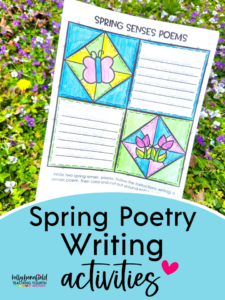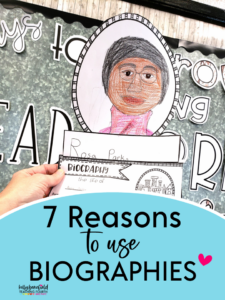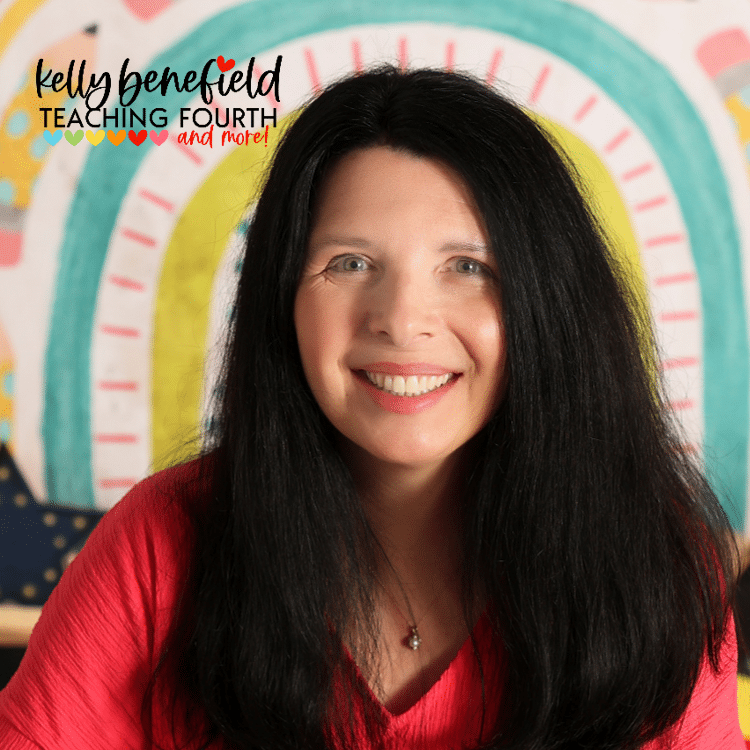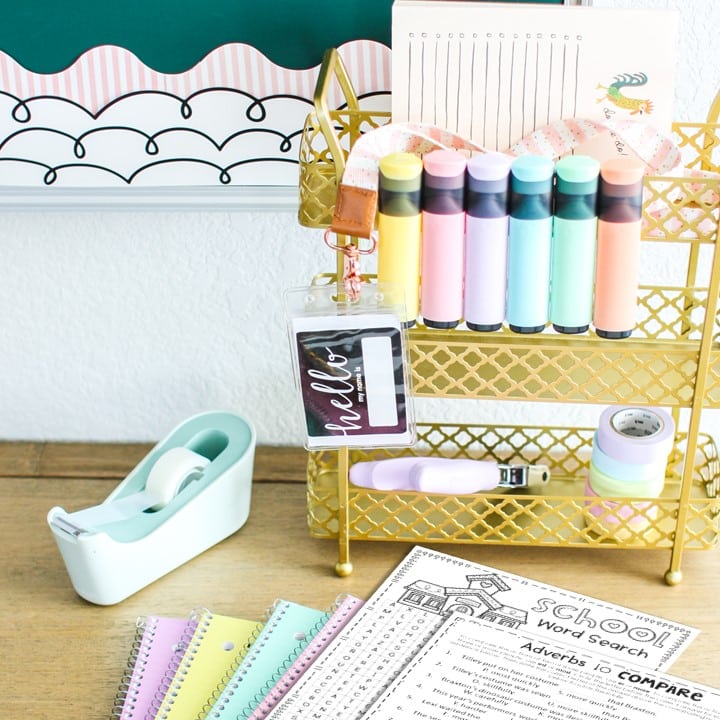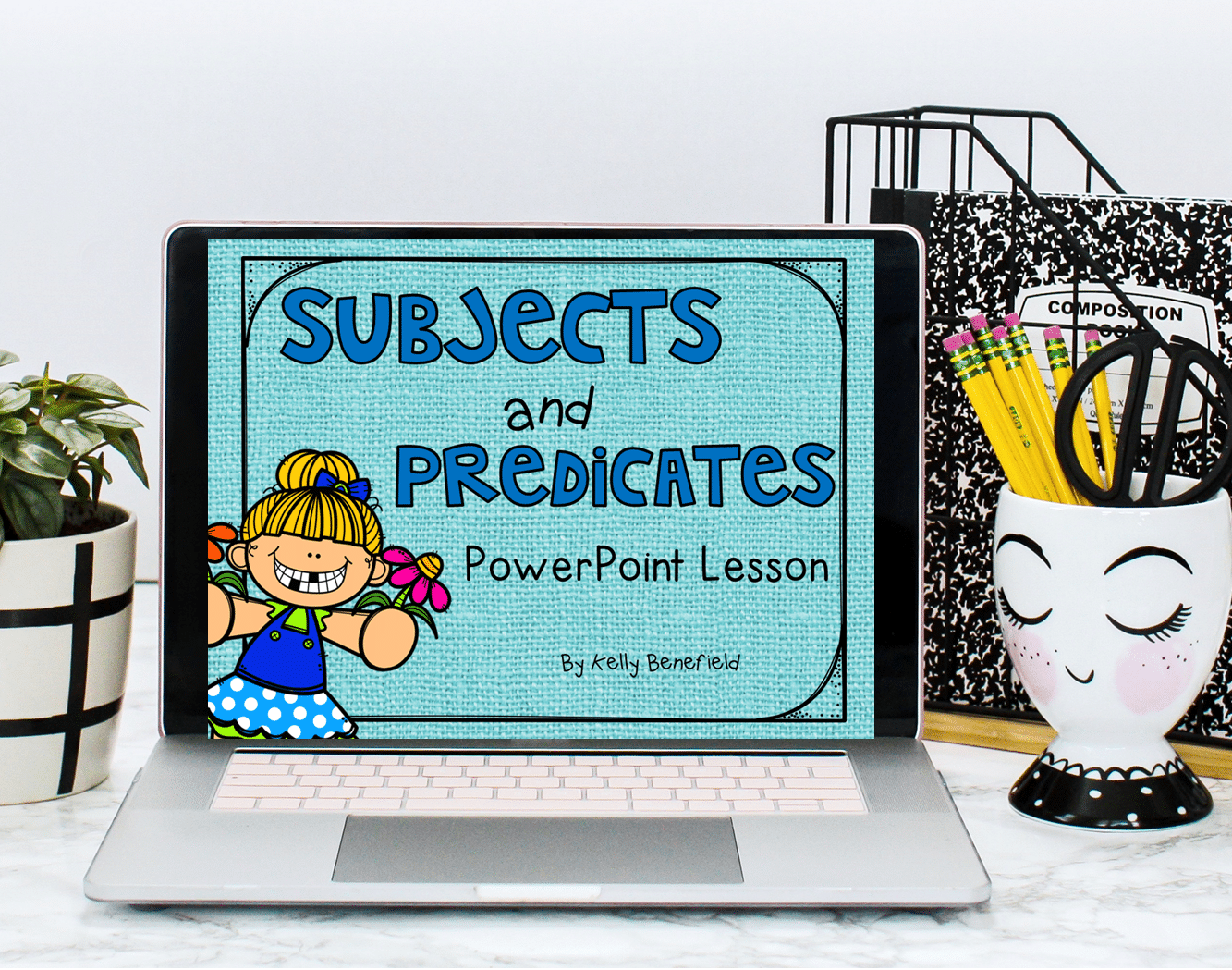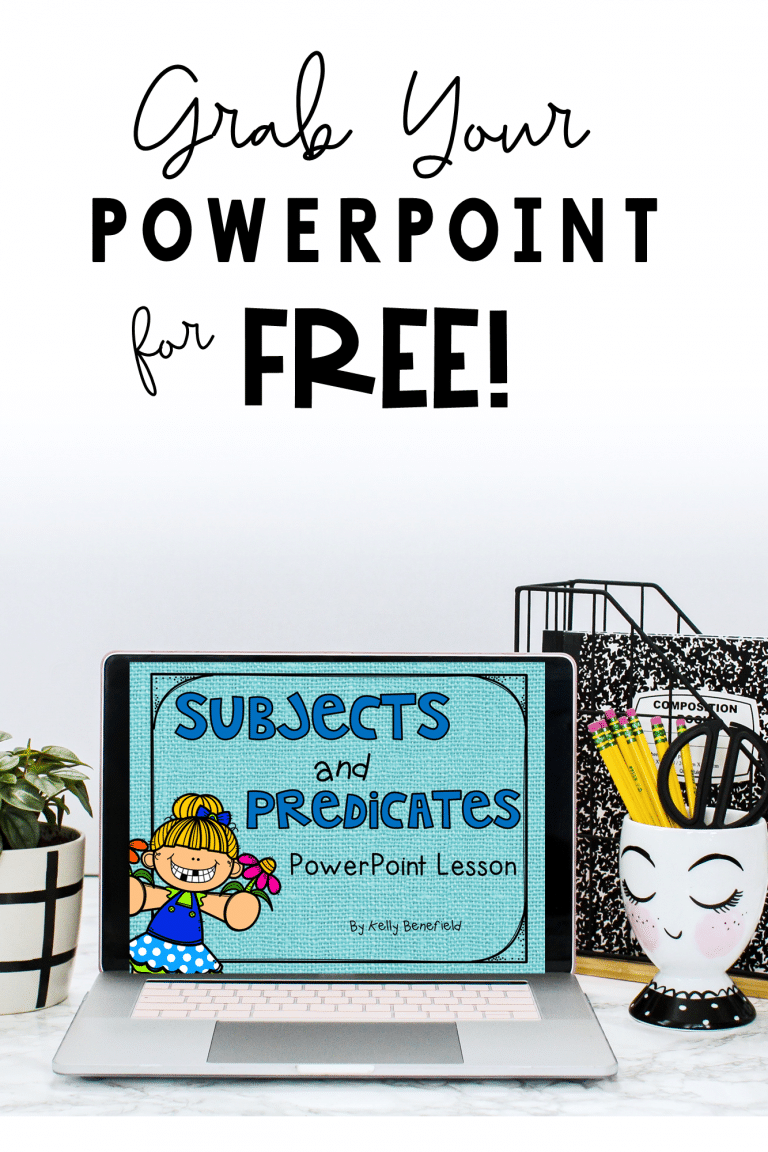Spark creativity in your classroom and help inspire your students to write poetry with these 3 great ideas for teaching poetry in upper elementary.
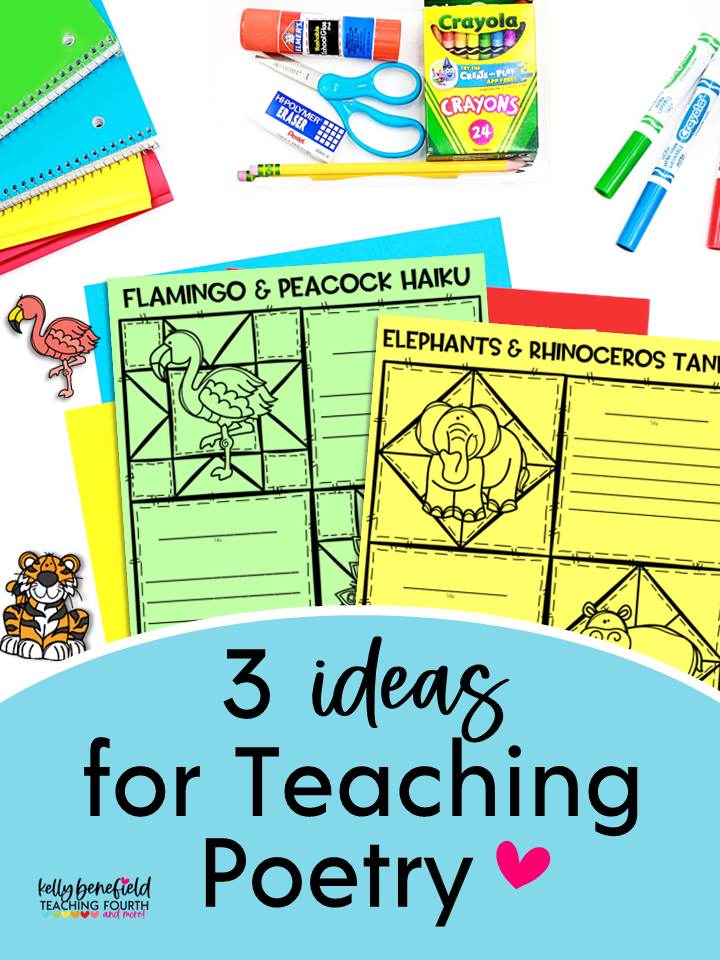
Reasons for Teaching Poetry
Immersing our students in poetry can open their minds to the beauty of language. Teaching poetry can improve vocabulary and introduce your students to figurative language. Poetry can improve fluency, can inspire writing, and it can be used to encourage a love of reading.
Teaching poetry does not have to be limited to the month of April (poetry month). Instead, foster a love of poetry throughout the entire school year.

3 Great Ideas for Teaching Poetry in Upper Elementary
1. Immerse Your Students In Poetry
Create a love of poetry by immersing your students in poetry each day. Expose your students to poetry every day through reading aloud, listening, and providing poetry books for your students to enjoy. Read poems aloud to your students. Choral read them together. Begin each day with a poem. Listen to poems online. Build a love of poetry in your classroom.
- Immerse your students in the beautiful language of poetry.
- In order to get students to write poetry, they need to first hear it on a regular basis.
- Expose your students to poetry every day.
- Read poems aloud to your students.
- Choral read them together, or simply begin each day with a poem.
- Listen to poems online.
Find Poems Your Students Love
Build a love of poetry by finding poems that your students enjoy. Each class is different, so don’t be discouraged if a new class doesn’t enjoy the same poems that your class enjoyed last year. Just keep searching. Proven favorites in my classroom were Shel Silverstein and Bruce Lansky.
- Share poems students enjoy and can relate to.
- Rhyming poems and funny poems are often student favorites.
- Shel Silverstein and Bruce Lansky were always classroom favorites with my students.
Listen to Poetry Online
There are several places where you can find poetry read aloud online. Elementary Cubby on Youtube has several videos of poetry read aloud. Find Shel Silverstein’s poems here and Jack Prelusky, here. You can also find an animated version of “Where the Sidewalk Ends”.
Your students will love listening as student Asha Christensen recites her poem on TedXKids. Very inspirational! This is a fabulous video to begin any writing unit.
2. Add Art
Adding in art makes any subject more fun! Poetry is often full of imagery and expression. This makes poetry perfect to pair with art projects. One of the simplest ways to connect art to poetry is to ask students to illustrate poems. This can be done in a variety of ways.
- Read aloud a poem to the entire class and have students illustrate that poem. Discuss the term imagery and the words in the poem that help students create a mental picture. You may want to list these words on the board. Pass out white paper and let students draw and color an illustration inspired by the poem. Then let students share and discuss illustrations.
- Allow students to find a favorite poem to illustrate.
- After students have written their own poems, allow them to illustrate each one.
- Create class booklets of illustrated poems.
- Find more ideas about integrating art and poetry in my post on haiku poems.
3. Write Poetry
Let your students write poetry. Often our writing lessons focus on narrative, informative, or even expository writing. Taking time to encourage poetry writing can be very beneficial to our students and may foster a love of writing in your students.
Reasons for Teaching Poetry Writing
Immersing our students in poetry can open their minds to the beauty of language. Teaching the techniques of poetry writing can help students improve their prose writing. Writing poetry can also encourage creative thinking.
Many of our students need opportunities to build confidence in their writing abilities. Students who struggle with other forms of prose writing may feel more confident in writing poems. Many types of poetry follow a formula or a pattern. Providing a formula or a template can help even the most reluctant writers.
Students who struggle with rules of grammar, punctuation, and capitalization in creative writing or reports may feel freed from those restraints when writing poetry. With this freedom, creativity can flourish.
Begin with Modeling
- Model how to write poems with your students.
- Modeling how to write poems is key to getting students to write their own poetry.
- Through modeling, students can see the process in action. This also eases them into writing their own poems.
Write Poems as a Whole Class Activity
- Write together.
- After modeling, give your class the opportunity to write poetry together.
- Jot down students’ ideas on the whiteboard or on chart paper.
- Then as a class, decide which words and phrases will be used in your class poem.
Writing Poetry With Templates
Another great way to encourage your students to write poetry is by using poetry templates. Many types of poems such as haiku, cinquain, and diamonte follow specific patterns. Reluctant writers often love having a template to write poetry because it often gives them a jumping point to begin their poetry.
My Poetry Quilts Writing Bundle is a great way to get your students to write poetry all year long!
- Provide your students with formulas or templates for writing poems.
- Each packet contains 20 poetry writing templates.
- Fun quilt pages for students to write poems and color.
- Make fabulous bulletin boards or wall displays.
- Poems such as haiku, diamonte, pensee, lantern, triplet, cinquain, and more!
- Seasonal and subject packets included: Christmas, winter, Valentine’s Day, spring, Earth Day, space, summer, and more!
- 12 Total Packets included in this bundle!
This fun and engaging writing resource is perfect to have on hand all year long! Use in a variety of ways in your classroom!
- Morning Work
- Early Finishers
- Writing Centers
- Poetry Studies
- Seasonal Activities
- Fun Fridays
- With units of study
- After testing
- Bulletin Board Displays
- just to name a few!
Inside this huge bundle you will find templates as well as instructional pages on how to write each type of poem. Example poems are included as well to help your students write their own poetry. You and your students will love this poetry bundle!
“These are so creative. So many different ways that it can be used. I cant wait for next year when I can use all of it. Thank you for creating and making it easy to use in my classroom.” Mary J.
Just click the photo above for your poetry bundle.
Enjoy writing and have a blessed day!
Kelly B.


